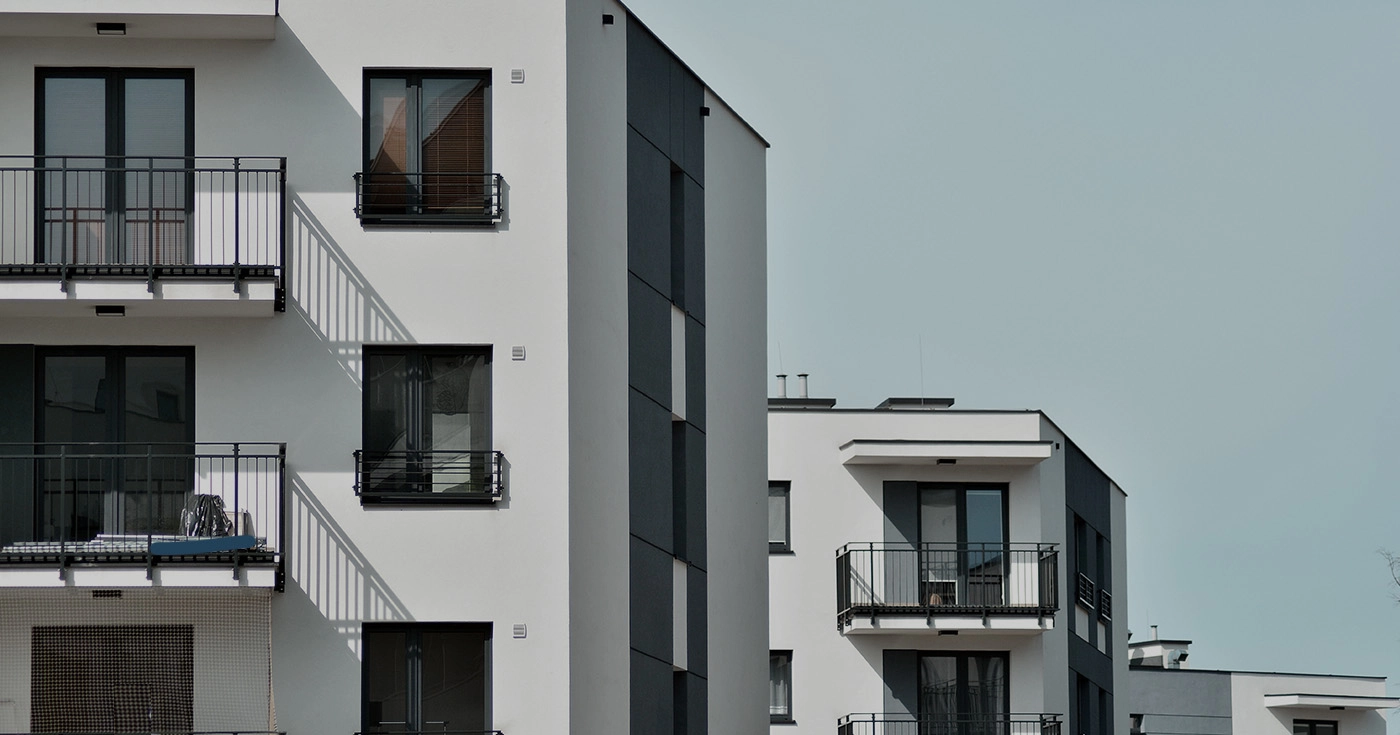
The Spanish Real Estate Market: Key Takeaways From the First Half of 2025
Last Updated on 11 September 2025 by Equipo Urbanitae
The first half of the year has confirmed the ability of the Spanish real estate market to withstand a complex environment in 2025 and, at the same time, grow dynamically, consolidating itself as one of the most solid sectors of the national economy. After two years marked by tighter financial conditions, the stabilization of interest rates at 2% by the European Central Bank and the moderation of inflation have restored certainty to the overall economy, and this recovery in confidence has strongly carried over into the residential market, where both households and investors have reinforced their commitment to housing as a safe and profitable asset.
In this context, Spain has managed to strengthen its appeal as an investment destination and as a key market within Europe, driven by improved consumption, the recovery of tourism, and a labor market that, despite the structural challenges that still persist, has maintained a positive performance. However, beyond the good results in terms of activity and investment, the truly significant aspect of the semester has been the confirmation that structural imbalances in housing remain very present: the scarcity of new supply, the lack of land in high-demand areas, and the slowness of urban planning processes continue to hinder access to housing and fuel upward pressure on prices.
Demand exceeds supply by 25%
The mismatch between supply and demand is now one of the main drivers of market stress. According to Fotocasa, residential demand exceeds available supply by 25%, a gap that is especially visible in large urban areas and in destinations with greater economic or touristic appeal. This structural shortage of new housing, with barely 80,000 units completed annually compared to the 150,000 to 180,000 needed to cover population growth and renew the existing stock, explains why prices have climbed to record highs. In fact, the price per square meter reached €2,251 in the second quarter, according to the Colegio de Registradores, while resale housing recorded a 14.7% year-on-year increase in July, the sharpest rise in the past five years.
At the same time, renting has consolidated its role as an increasingly common housing option, especially among young people and households unable to purchase. One in four Spaniards now lives in rental housing, and demand pressure, combined with limited supply, has driven prices up by nearly 10% in just six months, with particularly steep increases in Madrid, Barcelona, and the Balearic Islands. This trend has attracted institutional capital, which has identified the living segment—with models such as build-to-rent or student residences—as a strategic opportunity, mobilizing more than €1.7 billion in investment during the semester.
Prices will rise 7% in the second half of the year
Looking ahead to the second half of the year, forecasts suggest that prices could continue rising by around 7% on average, with particular intensity in major cities, while the number of transactions could reach 800,000 operations for 2025 as a whole. However, the challenges are clear: from the need to speed up new housing development to the creation of an affordable rental stock that reflects the country’s social and economic reality, all within an international environment where trade tensions and potential increases in the costs of materials such as steel or wood could shape construction trends in the coming months.
All of this outlines a scenario in which the Spanish real estate market combines strength and dynamism with imbalances and challenges that require joint solutions, where administrations, developers, and investors must work in coordination to ensure a sustainable balance between accessibility, investment, and growth. These are just some of the findings included in the Urbanitae Report on the First Half of 2025, which you can read in full detail at the following link:

